Predicting weather
Knowing the weather is important because it can significantly change an event. By knowing the weather, you know what to bring, what to do, and what to expect.
Television, websites, and mobile apps all have quite a few weather reports. Additionally, the National Oceanic and Atmospheric Administration Weather Radio airs constant weather updates on dedicated radio receivers. These are the easiest ways to get partially accurate weather forecasts.
If you are in the middle of nowhere with no access to any of this, there are a few ways to predict the weather, albeit probably not as accurately.
Clouds
Since precipitation comes from clouds, certain cloud formations and their changes over hours or days can foretell weather.
Clouds have three basic shapes:
- Streak clouds - cirrus
- Layer clouds - stratus
- Heap clouds - cumulus
These basic shapes can be combined. Additionally, nimbus describes a cloud from which precipitation might fall.
An approaching storm might look something like this:
- Clear sky with high cirrus clouds
- Clouds lower and thicken until the sun is hidden by a thin cirrostratus veil
- Gray curtain of altostratus clouds cover the sky
- Moist blanket of dark stratus clouds close to earth
- Black nimbostratus clouds bring rain
On the other hand, these cloud formations usually signify good weather:
- Cirrus clouds not attached to one another
- Cirrocumulus clouds filling the sky looking like fish scales
- White, fluffy cumulus clouds
- Presumably a clear sky that stays clear
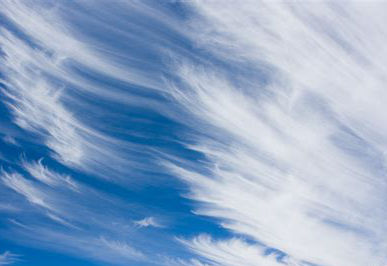
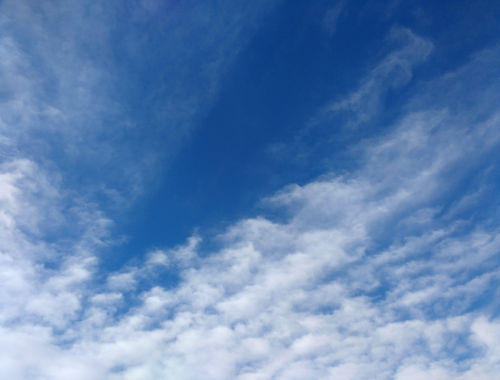
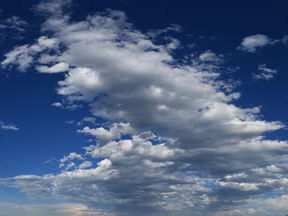
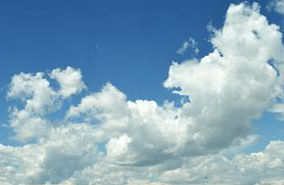

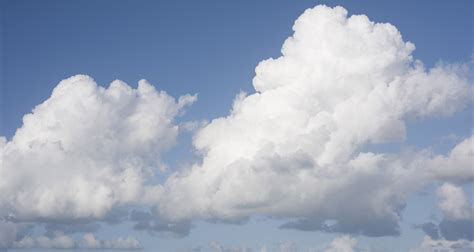
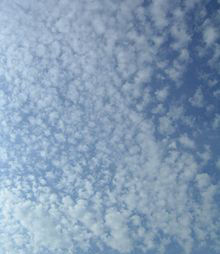

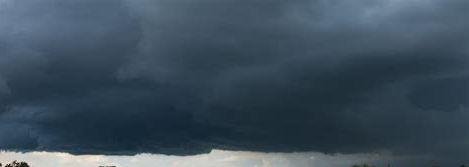
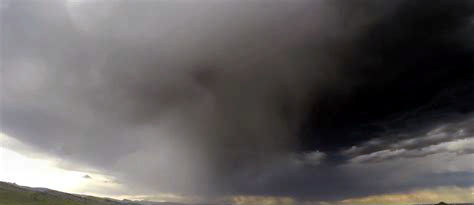
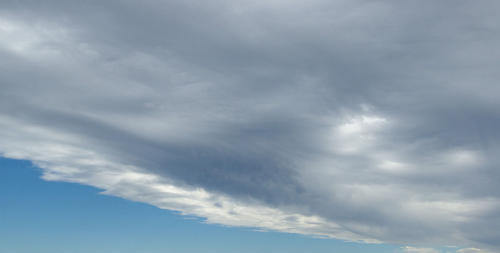
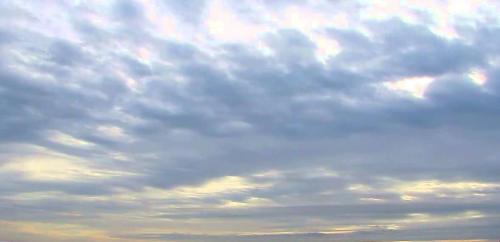
Good weather signs
Red sky at night. Dust particles in the dry air make the sunset red.
High rising smoke. If smoke rises straight up and high, it is in a high pressure area with still air that doesn't bring in moisture.
Dew on grass. Condensation happens on cool, clear nights that accompany good weather.
Bad weather signs
Red sky at morning. Dry, diusty air moving toward the east making the sun red means moist air is coming from the west.
Low smoke. Low air pressure means air from high pressure zones is coming in.
Dry grass. When cloudy, the air might not be cold enough for dew. If the water isn't in the grass it's going to be somewhere else.
Views: 194
Replies coming soon